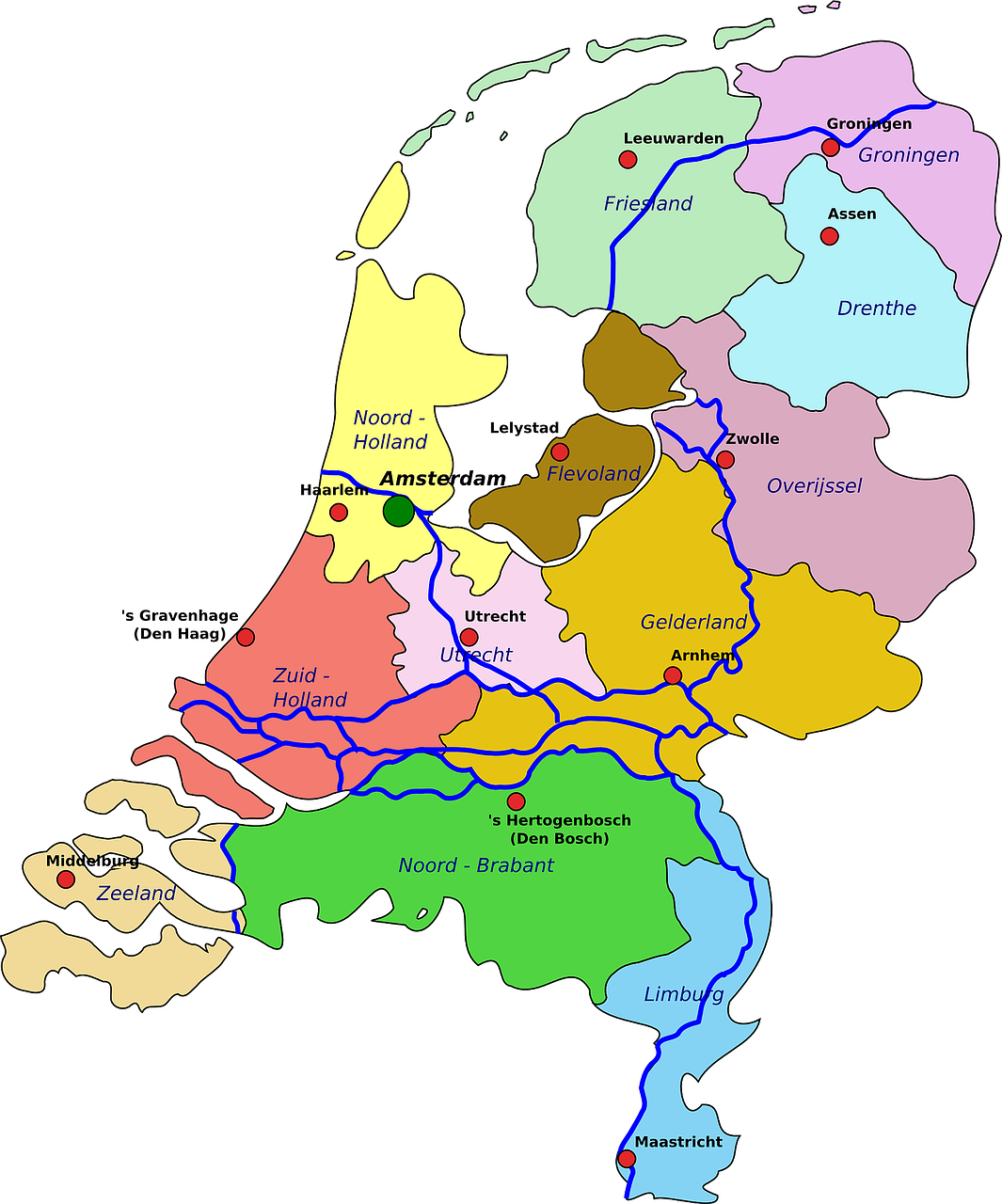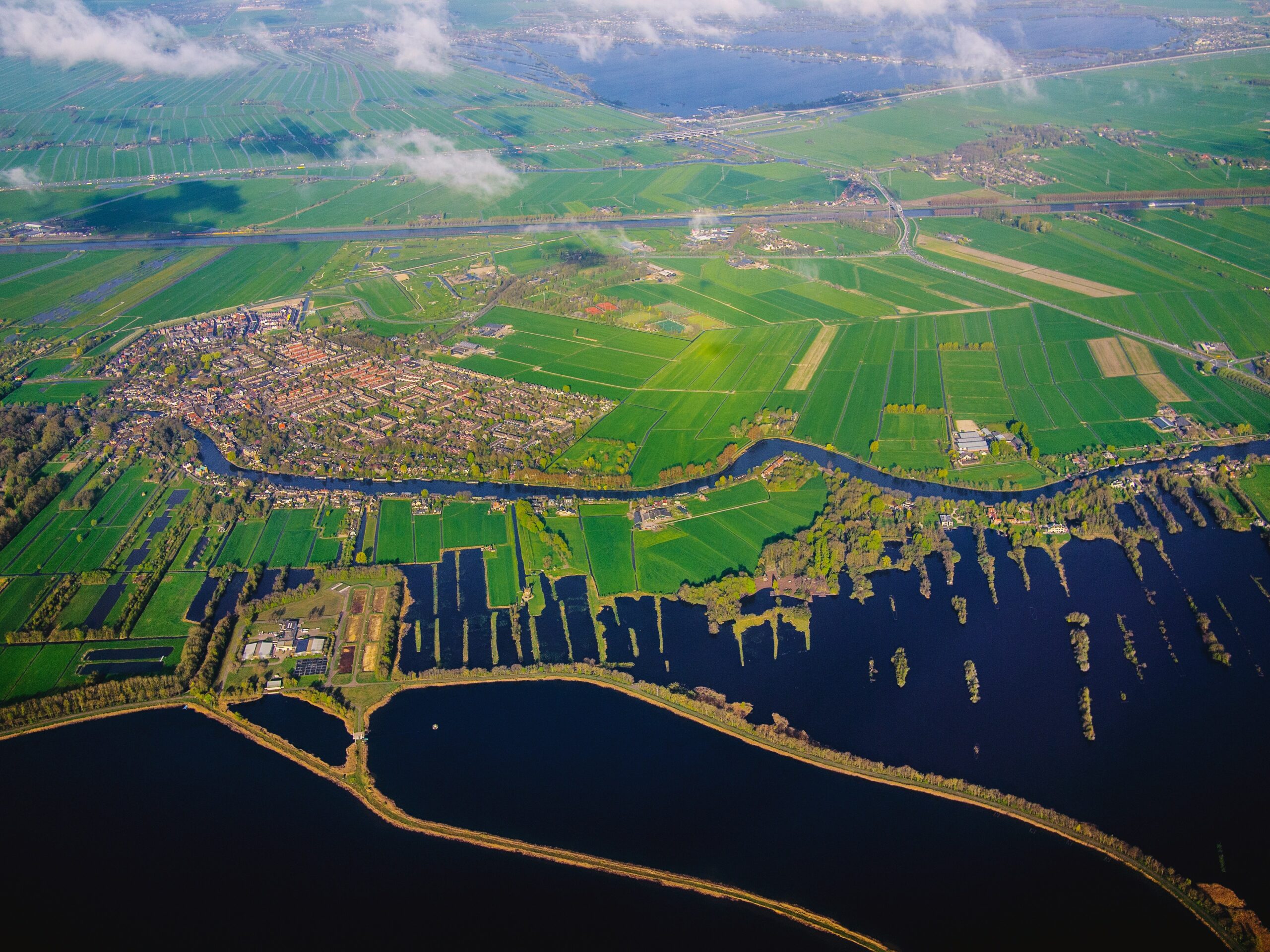Exploring the Charm and Distinction: Netherlands vs Holland
Nestled in the heart of Europe, the terms “Netherlands” and “Holland” often find themselves tangled in a web of confusion, sparking curiosity and intrigue among many. But what truly sets these terms apart? Is there a stark difference, or do they gently overlap in the tapestry of geography and culture? This article embarks on a journey to unravel the nuances, offering insights into the rich heritage, vibrant culture, and geographical distinctions that define the Netherlands and Holland.
Unveiling the Mystery: What’s in a Name?
At the outset, distinguishing between the Netherlands and Holland seems like a quest for clarity in a sea of names. The Netherlands, a term that resonates with the official designation of the country, encompasses a realm far beyond the common misconception limited to Holland.
The key differences between living in the Netherlands and Holland particularly focus on the geographical scope, cultural nuances, and lifestyle variations that expats might encounter. Understanding these distinctions can significantly impact the decision-making process regarding where to settle in this vibrant country. Here’s a deeper dive into what sets these regions apart:
Geographical Scope and Location
- The Netherlands refers to the entire country, comprising 12 provinces, each with its unique characteristics, landscapes, and opportunities. Living anywhere in the Netherlands means you have the chance to experience a wide array of environments, from the bustling urban centers of cities like Utrecht and Eindhoven to the tranquil, picturesque countryside found in provinces like Drenthe and Limburg.
- Holland, on the other hand, specifically pertains to two provinces: North Holland and South Holland. These regions are among the most populous and economically developed areas in the country, home to major cities such as Amsterdam, Rotterdam, The Hague, and Utrecht. Opting for Holland often means immersing oneself in the heart of Dutch economic, political, and cultural life.

Cultural Nuances and Social Life
- The Netherlands offers a broad cultural palette, reflecting a rich tapestry of traditions, languages, and social norms across its provinces. Living outside of Holland can expose expats to a more diverse set of Dutch cultures and lifestyles, offering a deeper understanding of the country’s regional differences and communal similarities.
- Holland is the traditional face of Dutch culture known worldwide, embodying iconic symbols like tulips, windmills, and canals. It’s also a melting pot of international influences, given its history of commerce and trade. Expats in Holland will find a dynamic, open-minded social environment, with ample opportunities to engage in cultural activities, international food scenes, and vibrant nightlife.
Lifestyle and Living Conditions
- Lifestyle in the Netherlands varies significantly from urban to rural settings. Expats seeking a quieter, more spacious environment might prefer the less densely populated provinces, where outdoor activities and community-oriented living are prevalent. The cost of living can also be lower outside Holland, with more affordable housing options and a slower pace of life.
- Living in Holland tends to be more fast-paced, with a focus on innovation, diversity, and connectivity. The region is renowned for its high quality of life, excellent public transport networks, and cutting-edge infrastructure. However, this comes with higher living costs, especially in housing, which is a crucial consideration for many expats.
Cultural Celebrations and Artistic Legacy
The Netherlands boasts a rich artistic heritage, with masters like Vincent van Gogh and Rembrandt van Rijn shaping the contours of art history. Beyond the canvas, the Dutch celebrate their culture through festivals and traditions that bring communities together, highlighting the Netherlands’ commitment to cultural preservation and innovation.
Innovation and Sustainability: A Dutch Trademark
The spirit of innovation, particularly in sustainable living and technology, underscores the Netherlands’ forward-thinking approach. Holland, with its pioneering water management systems and wind energy, exemplifies this drive towards a sustainable future. The Dutch ethos of coexisting with nature, while embracing technology, sets a global benchmark for environmental stewardship.
Geographical Marvels: The Landscape of the Netherlands and Holland
The geographical landscape of the Netherlands and Holland is a testament to human ingenuity and natural beauty. This section explores the unique features that distinguish the geographical identity of the Netherlands and Holland, from the iconic Dutch dikes to the serene countryside.
The Mastery Over Water
The Netherlands’ battle with the sea is a story of resilience and engineering marvels. The country’s extensive network of dikes, canals, and pumping stations exemplifies the Dutch mastery over water. Holland, with its significant coastline, plays a crucial role in these efforts, safeguarding the land and its people from the sea’s embrace.
A Patchwork of Nature and Urbanity
The Netherlands offers a seamless blend of urban development and natural landscapes. Holland, with its bustling cities and tranquil beaches, showcases this balance. The country’s commitment to green spaces and biodiversity, alongside urban innovation, makes it a living canvas of nature and human creativity.

Conclusion: Embracing the Distinctive Dutch Legacy
The journey through the Netherlands and Holland reveals a narrative of unity and distinction. While the terms may often be used interchangeably, understanding their unique identities enriches the appreciation of this remarkable country. The Netherlands, with Holland at its heart, stands as a beacon of cultural richness, innovative spirit, and geographical wonder. As we explore the charm and distinction between the Netherlands and Holland, we uncover a world where tradition and modernity dance in harmony, inviting us to embrace the distinctive Dutch legacy.
In essence, the Netherlands vs Holland discourse is not merely about names; it’s a celebration of a nation’s multifaceted identity. It’s a story of how a country can be both a singular entity and a collection of unique parts, each contributing to the tapestry of history, culture, and innovation that defines the Dutch experience.